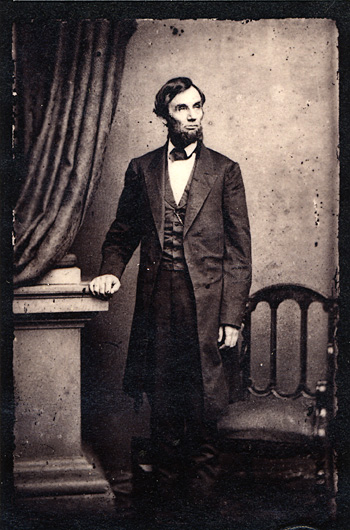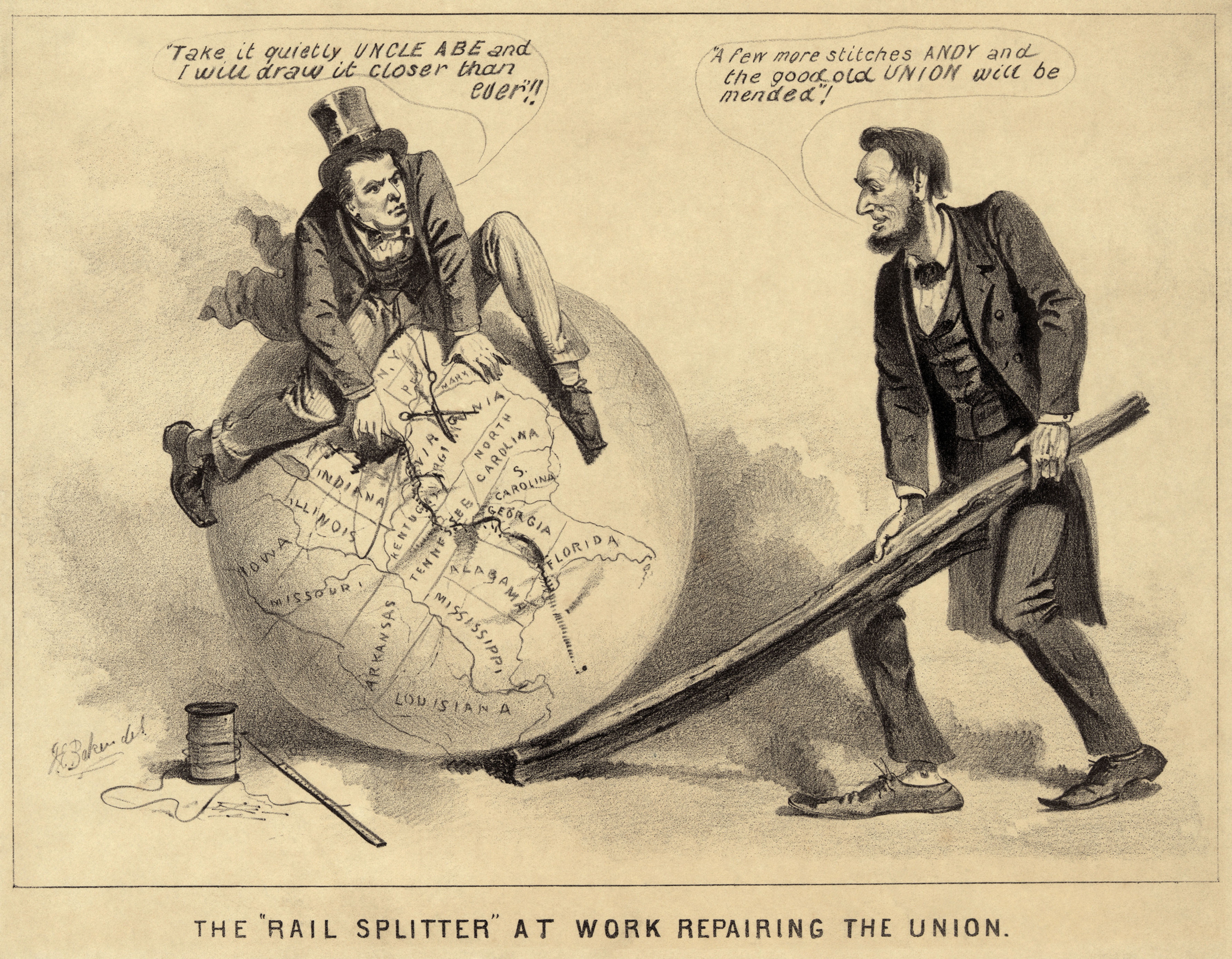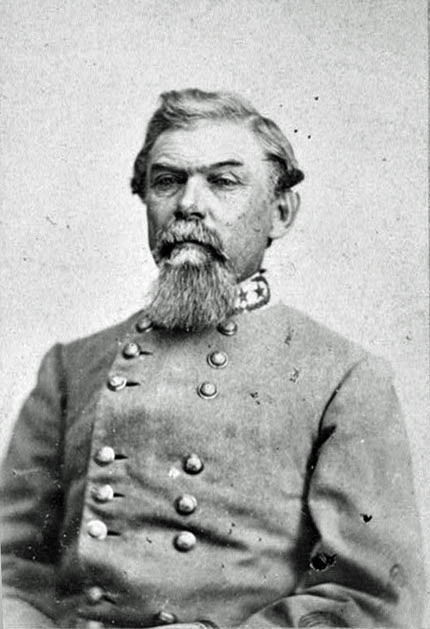In December of
1863, the Civil War was still far from over. Major Confederate armies
still remained under Bragg and Lee, but overall it had been a good
year for the Federals. Lee's second invasion of the north had been
defeated by Meade at Gettysburg in July, and just the next day
Vicksburg fell to Grant, and the Mississippi River was captured,
dividing the Confederacy in half. The Union suffered their greatest
defeat in the west at Chickamauga, but when Grant arrived he turned
the campaign around and broke the siege of Chattanooga.
 |
| Lincoln, 1863 |
With these new
victories to his credit, Lincoln turned his mind to how to
reintegrate the southern states back into the nation. This task was
not without its problems. Except for a few areas like East Tennessee,
the vast majority of the voters in the southern states supported the
Confederate war effort, and they would not go back kindly into the
country they were fighting to leave. Lincoln's Emancipation
Proclamation, which went into effect January 1st 1863,
declared the slaves in the Confederacy free, which created social
problems for the United States. Nearly 40% of people in the south
would be freed from their slavery, overthrowing the entire culture of
the south.

To address the
question of how states would rejoin the USA, Lincoln released The
Proclamation of Amnesty and Reconstruction, explaining what would
come to be called the 10% Plan. He would fully pardon anyone who
participated in the rebellion who was not a member of the government,
or fell into a few other cases, if they swore to support the U.S.
Constitution, the Union and the United State's new policy on slavery.
He also said that a loyal southern state government would be
recognized if it was formed by a group who swore the loyalty oath
which numbered 10% of those who voted in 1860.
 |
| Lincoln |
The terms Lincoln
offered were lenient. In exchange for giving up slavery, most of
those who participated in the war would be pardoned, and they could
quickly rejoin the nation as a full state. But Lincoln could not
unilaterally offer these terms. In his proclamation he recognized
that the Constitution gives Congress the right to control their own
membership. If they disagreed with Lincoln they could refuse to seat
elected Congressmen from the southern states, denying recognition of
those governments.
 |
| Cartoon of Lincoln rebuilding the Union |
Lincoln would meet
opposition in his plan for reconstruction from the radical
Republicans. They believed that the southerners needed to be punished
for their rebellion, and they wanted a much longer reconstruction
process which would involve a reconstruction of the entire southern
society and economy. This question would not be resolved before
Lincoln's death, and it would continue to be debated for many years.








